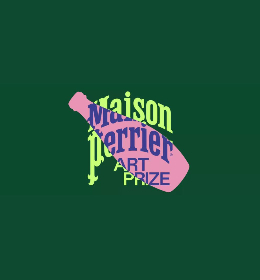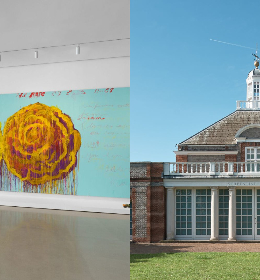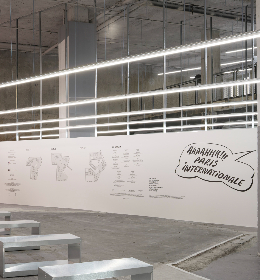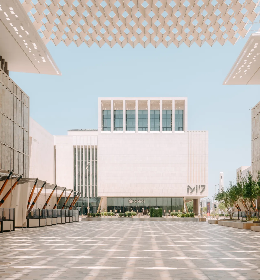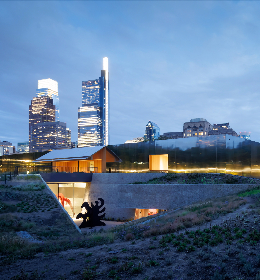What was your first reaction when you went to an art fair for the first time?
I couldn’t make sense of any of the works and, at some point, I couldn’t differentiate artworks from furniture. Art fairs provoke a feeling of being in a supermarket choosing amongst shampoos.
Is an artist today with a presence in an important art fair more likely to be noticed than an artist with a show in a museum?
I don’t think so. But it is becoming more and more important to have a presence on the market in order to have institutional shows. Even museums often buy pieces for their collections at art fairs!
What is the current emerging artists’ vision of art fairs? Art fairs are boring but unavoidable?
I can only speak for myself. I think they are relatively new, institutional, challenging spaces to reflect upon and to test limits.


Is the series Risk Management Paintings an allegory of the value of an artwork in the actual art world? Participating at a prestigious fair is very expensive for the gallery; is there a correlation between the value of an artwork and the cost of the fair for the gallery?
Yes. There was a consensus amongst galleries about the viability of hanging certain works with the small-sized walls of their booth. The cost of each wall at an international art fair is staggeringly high, and the price of what is hanging there has to correspond economically in order to profit (or at least not to lose money). I am a painter at heart and I wanted to relate this issue with the history of painting and statistics. I was interested in how these different factors end up altering the perception of a certain work (also price-wise).
Is your work just factual, descriptive, or a real critic of this absurd aspect of the current art world/ market?
I think of it as my personal way of asking myself and the viewer questions of what gives meaning and value to this thing we call art at this certain time. I like factuality as a medium, I don’t think an artist must give his/her opinion about something in the work, but establish a framework that makes certain things evident.

© Galeria Curro
Do artist have a real power to change the rules ?
Critical works are often embedded by the system quickly, or passed by and forgotten. But there are moments in which I think your work can perhaps make people see something in a different way, and this is powerful. But I think the rules are fairly universally abided by.
« A dominant mode of art production » February 02, 2018 — March 30, 2018 | Galeria Curro, Mexico
Text by Henri Robert





